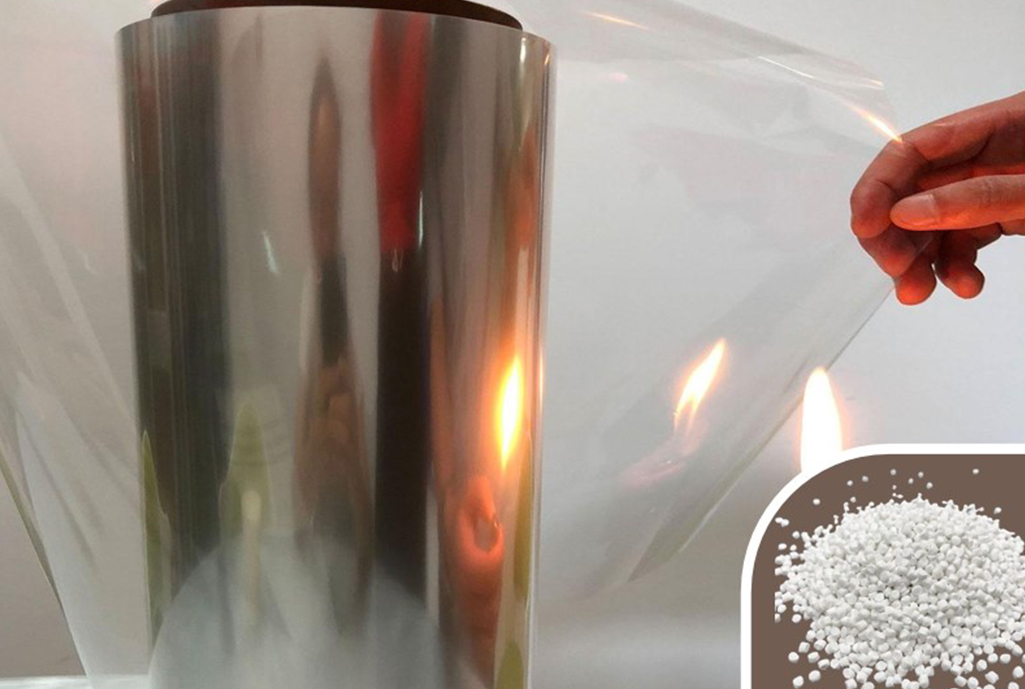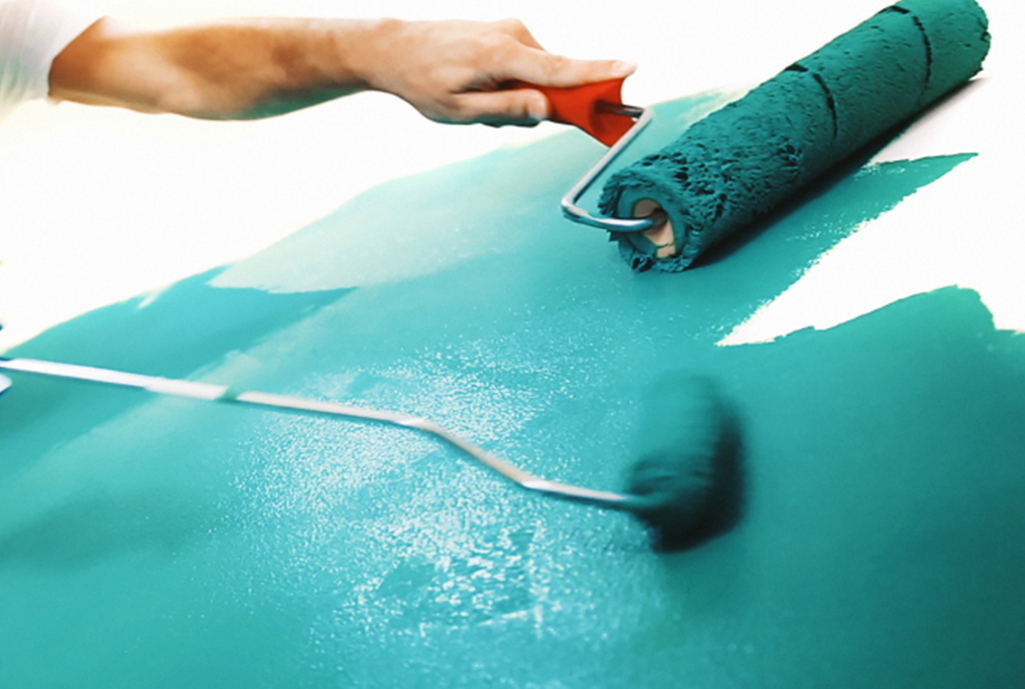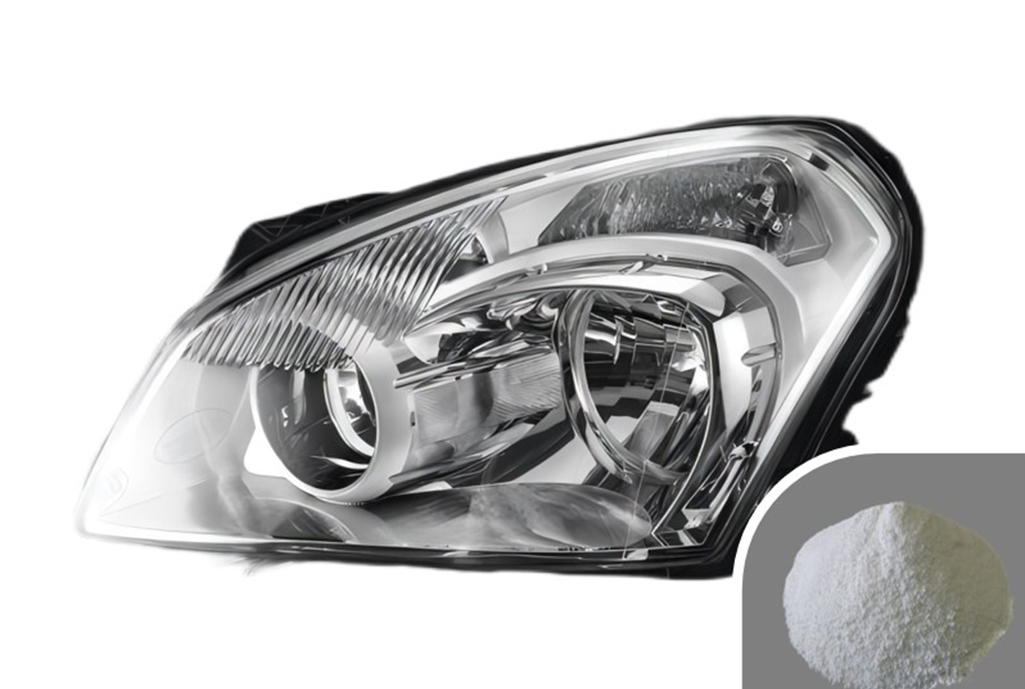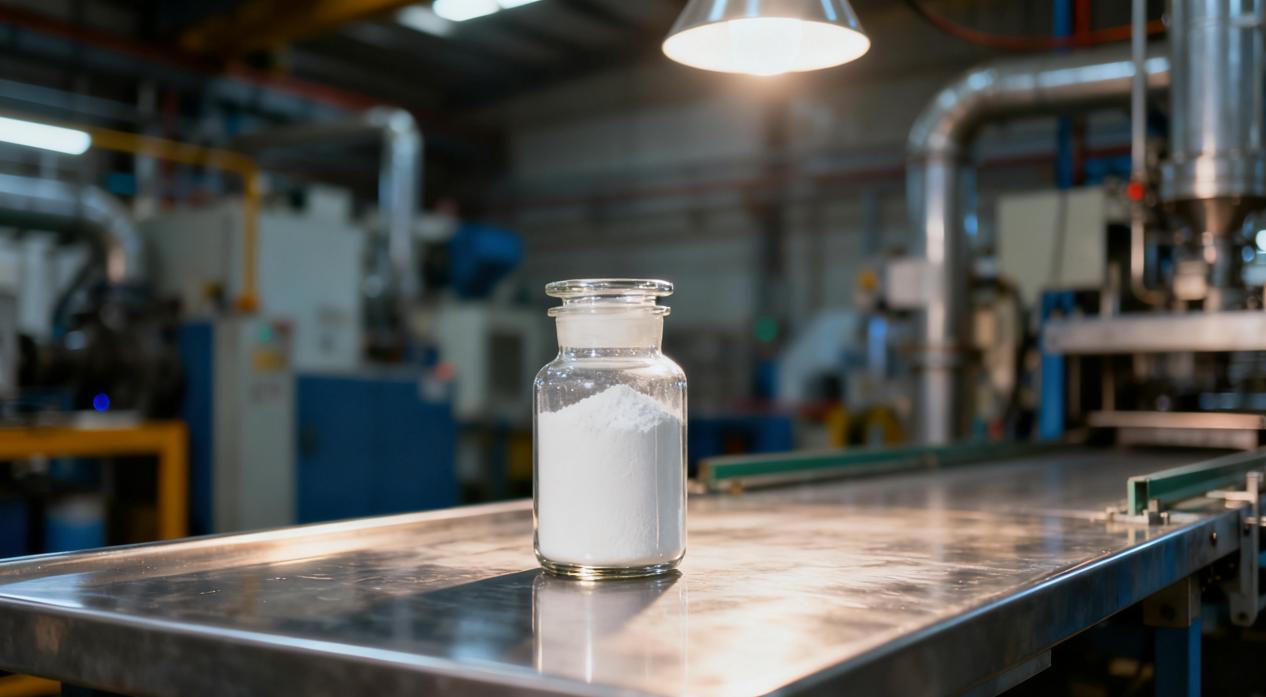The Role and Importance of Functional Additives Masterbatch in Modern Manufacturing
2025-08-19
In today’s competitive manufacturing landscape, where products demand enhanced performance, durability, and specific characteristics, functional additives masterbatch has emerged as a cornerstone technology. This professional article delves into the critical role and growing importance of these specialized compounds across a multitude of industries.
What is a Functional Additive Masterbatch?
At its core, a masterbatch is a concentrated mixture of pigments or additives encapsulated in a carrier resin. A functional additives masterbatch takes this concept a step further by incorporating specialized additives that impart a specific function or property to the final polymer product. These additives are a diverse group of chemical compounds, including UV stabilizers, flame retardants, antioxidants, antistatic agents, slip agents, and antimicrobial agents, to name a few.
The carrier resin is chosen for its compatibility with the host polymer, ensuring that the additives disperse uniformly during the manufacturing process. This uniform dispersion is crucial for the effectiveness of the additive. The masterbatch format provides several key advantages over using raw additives in powder or liquid form.
Key Advantages and Benefits
Using a functional additives masterbatch offers significant advantages that streamline production and enhance product quality:
- Improved Dispersion: The pelletized or granular form of the masterbatch ensures a homogeneous distribution of the additive throughout the polymer matrix. This prevents clumping or streaking, which can compromise the product’s performance and appearance.
- Enhanced Handling and Safety: Many raw additives are fine powders that can be difficult to handle, creating dust that poses health and safety risks. Masterbatches eliminate this issue, making for a cleaner and safer working environment.
- Precise Dosing: The high concentration of additives in a masterbatch allows for accurate and consistent dosing, which is essential for maintaining product quality and meeting specific performance requirements. This also reduces material waste.
- Cost-Effectiveness: While the initial cost of a masterbatch may be higher than raw additives, the reduced waste, improved efficiency, and enhanced product quality often lead to lower overall production costs.
- Streamlined Logistics: Handling a single, pre-formulated masterbatch is simpler than managing multiple raw additive components, which can simplify inventory management and logistics.
Diverse Applications Across Industries
The versatility of functional additives masterbatch has led to its widespread adoption across a variety of sectors, each with its own unique demands:
- Packaging: In the food and beverage industry, masterbatches with antimicrobial or oxygen-scavenging properties extend shelf life and ensure product safety. In contrast, those with slip agents facilitate high-speed processing on packaging lines.
- Automotive: The automotive sector relies on masterbatches with UV stabilizers to prevent plastic components from degrading under sun exposure, while flame retardants are critical for interior safety components.
- Construction: Construction materials, such as pipes and siding, use masterbatches with UV stabilizers and heat stabilizers to withstand harsh environmental conditions and prolong service life.
- Textiles: Synthetic fibers can be treated with masterbatches containing antistatic agents to reduce static cling and with antimicrobial agents for hygiene applications in sportswear and medical textiles.
- Agriculture: Agricultural films and irrigation pipes benefit from UV stabilizers that prevent degradation from prolonged sun exposure, ensuring durability and performance in the field.
The Future of Functional Additives Masterbatch
As industries continue to push the boundaries of material science, the demand for sophisticated and tailored functional additives masterbatch formulations will only increase. Future developments will likely focus on:
- Sustainability: The use of biodegradable and bio-based carrier resins, as well as additives derived from renewable sources, will become more prevalent.
- Smart Materials: Masterbatches will be developed to create “smart” plastics that can change color, sense their environment, or possess self-healing properties.
- Customization: The ability to create highly customized masterbatches for niche applications will become a key competitive advantage for manufacturers.
In conclusion, functional additives masterbatch is far more than a simple additive; it’s a critical tool that allows manufacturers to engineer specific properties into their products, thereby enhancing performance, safety, and durability. Its role is integral to the innovation and progress of modern polymer manufacturing.





















